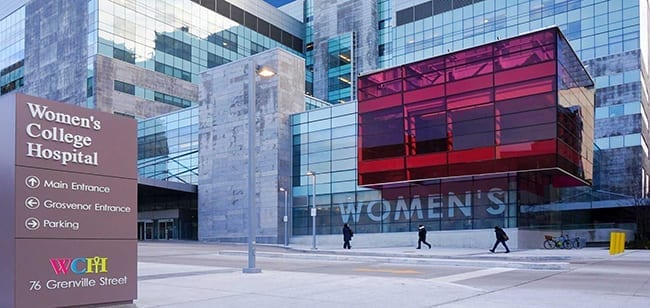HGC has completed thousands of noise and vibration impact studies and assessments for hundreds of clients over the past two decades. We work with planners, developers, builders, property managers and owners, and we understand how noise and vibration approvals fit into the planning and development process.
During the planning process for a new sensitive land use, such as a residential subdivision, mid-rise, mixed use or a high-rise residential building, the municipality may require a noise and vibration impact study, if the development is close to a major traffic roadway, a rail corridor (train, subway, LRT, streetcar), an airport or an industry (factory, quarry, refinery, power plant) or a commercial plaza.
Early in the planning process, during development or amendments to an Official Plan, or a proposed re-zoning, the study may take the form of a noise feasibility study, evaluating the broad compatibility of locating certain competing land uses adjacent to one another – such as a residential zone next to an industrial zone. Often, these preliminary studies are primarily predictive in nature, because the lands in question may be only minimally developed, or slated to change land uses. In this case, acoustical computer modelling is used to determine the future sound levels.
For more advanced stages in the planning process, when a specific development or building is proposed, a full impact study can be undertaken, to address critical issues in the subdivision layout, dwelling orientation, selection of sound insulating walls and windows, and design of noise barriers or berms, where necessary. A number of key steps are essential to this type of noise and vibration impact study.
Noise and Vibration Impact Studies: A Step-by-Step Process
- Identifying existing sources of sound & vibration – As a first step, we visit the site of the proposed development to investigate the surrounding acoustical environment.Existing sources of sound and vibration are identified. If there are major roadways nearby, sound levels are measured at the locations of the most impacted buildings or facades. If there are sources of vibration in the vicinity, such as a railway or heavy industry, measurements of ground-borne vibration will be undertaken. If there are stationary sources of sound nearby, such as industries, commercial or institutional facilities, measurements will be taken to quantify the sound levels at the development site produced by those sources.
- Predicting future noise & vibration levels – Beyond the measured sound and vibration data, some degree of predictive acoustical modeling is usually necessary, in order to assess the future impact from increasing volumes of road, rail and air traffic over time.
- Determining jurisdictional limits for noise & vibration – Once the existing and future sound and vibration levels at the development site are known, we determine what the applicable assessment criteria should be.These limits could be set by the municipality, by the Province or State, by the transportation authorities, or by best practices, depending on the jurisdiction.
- Developing Noise & Vibration Control Measures – If the existing or future sound levels are found to exceed the assessment criteria, we develop practical recommendations for noise control strategies.In the case of road, rail or air traffic noise, there are often ways to incorporate noise control measures into the layout of the subdivision or the design of the buildings.For noise and vibration excesses associated with neighbouring industrial, commercial or institutional sources, mitigation is often most effective when applied at the source, in cooperation with the owners/operators of the stationary equipment.
- Delivering an Assessment Report – Our deliverable is a clear, concise assessment report, written in plain English. We take pride in crafting written reports that can be understood readily by everyone – not just those with specialized knowledge of noise, vibration and acoustics.


Couture Condominium

GE Gas Engine Plant

Women’s College Hospital Redevelopment
Need Answers?
Reach out to our acoustical consultants now.